Sake Brewing Our Way
To Make Taka
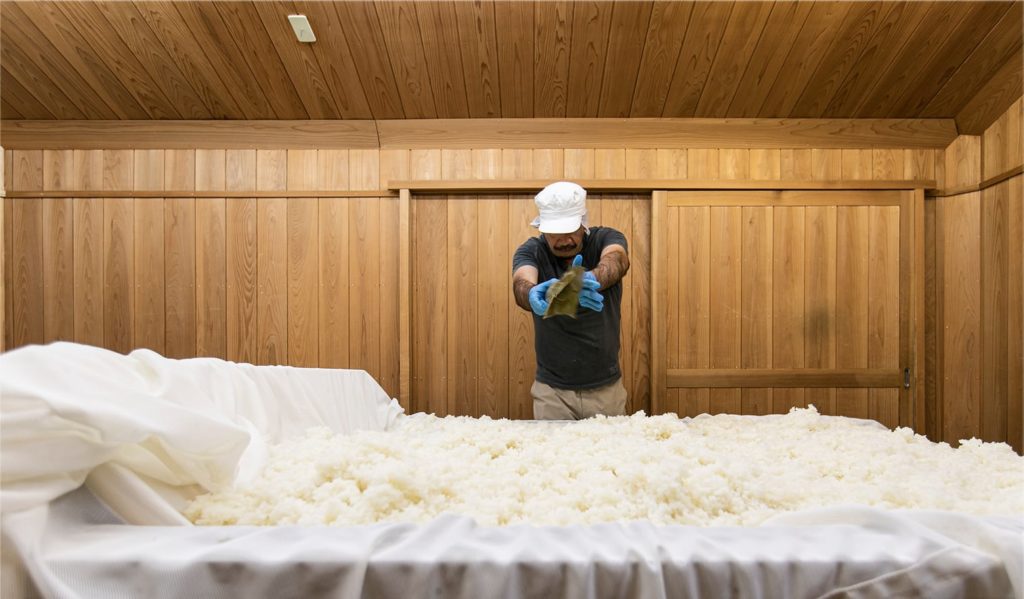
-
1
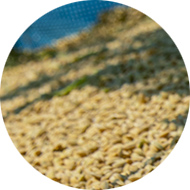
From Harvesting to Wholegrain Rice
After harvesting, drying, and threshing, any rice grains below 1.85 mm are considered waste, while remaining grains 2.05mm and below are selected for processing through a color grading machine to remove broken grains. The result is our selected wholegrain rice. All the fields we own are managed and harvested in-house, and all the processing is done by staff.
From Harvesting to Wholegrain Rice
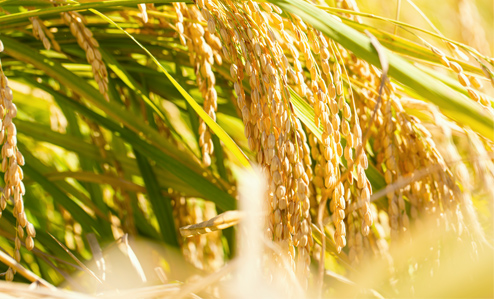


After harvesting, drying, and threshing, any rice grains below 1.85 mm are considered waste, while remaining grains 2.05mm and below are selected for processing through a color grading machine to remove broken grains. The result is our selected wholegrain rice. All the fields we own are managed and harvested in-house, and all the processing is done by staff.
-
2
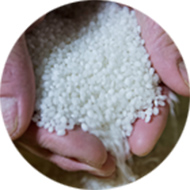
Seimai (Milling)
This procedure removes the husk, and much of the proteins and fats that make up the outer layer of rice. We currently have our rice precision-milled at milling plants in Kurume (Fukuoka prefecture) and Okayama. We use rice milling ratios from 80%, which offers a deep, rich rice flavor, down to 40%, for a delicate ginjo aroma from the heart of the grain.
Seimai (Milling)
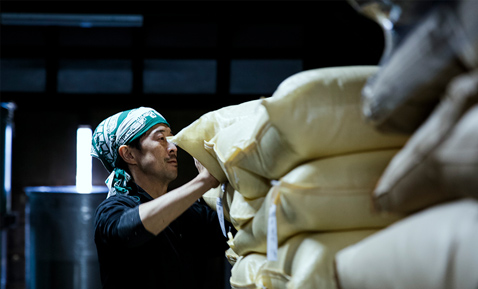


This procedure removes the husk, and much of the proteins and fats that make up the outer layer of rice. We currently have our rice precision-milled at milling plants in Kurume (Fukuoka prefecture) and Okayama. We use rice milling ratios from 80%, which offers a deep, rich rice flavor, down to 40%, for a delicate ginjo aroma from the heart of the grain.
-
3
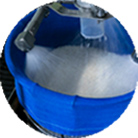
Washing & Soaking
This procedure is sometimes called "the second milling," as it removes the powder left from the milling. At Nagayama Honke, we use sake rice milled down to between 80% and 40%, for everything from junmai to junmai daiginjō, and all of the rice is carefully washed in 10 kilogram batches using clean, clear well water to wash away the remaining rice bran.
Washing & Soaking
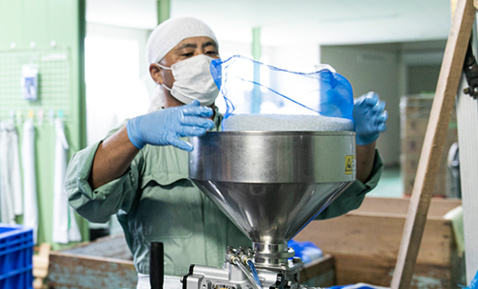


This procedure is sometimes called "the second milling," as it removes the powder left from the milling. At Nagayama Honke, we use sake rice milled down to between 80% and 40%, for everything from junmai to junmai daiginjō, and all of the rice is carefully washed in 10 kilogram batches using clean, clear well water to wash away the remaining rice bran.
-
4
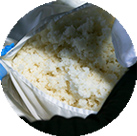
Steaming
We use a koshiki steamer that can hold up to 800 kilograms at a time to steam and soften the rice in a process called gelatinization. At Nagayama Honke, we steam the rice for about one hour after the first steam rises.
Steaming
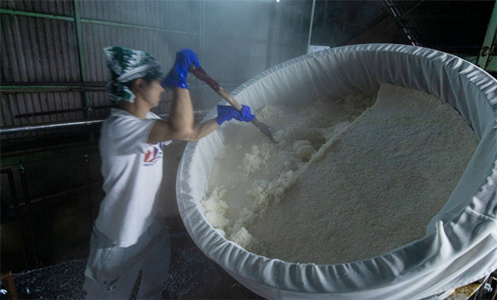


We use a koshiki steamer that can hold up to 800 kilograms at a time to steam and soften the rice in a process called gelatinization. At Nagayama Honke, we steam the rice for about one hour after the first steam rises.
-
5
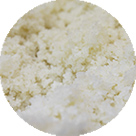
Making Kōji
This is the foundation, and most important step, in sake brewing. Yeast cannot digest the starch in rice directly, but kōji produces amylase, an enzyme that processes starch into sugar, and protease, one that breaks down the rice's proteins. These enzymes have a direct effect on the flavor of the sake. At Nagayama Honke, we inoculate rice with kōji in ten kilogram batches.
Making Kōji
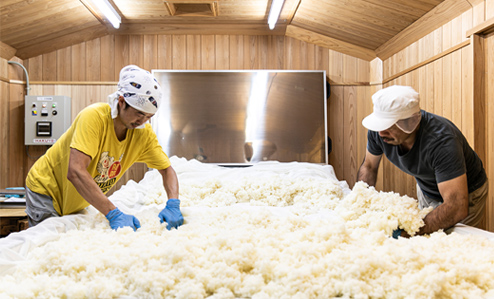


This is the foundation, and most important step, in sake brewing. Yeast cannot digest the starch in rice directly, but kōji produces amylase, an enzyme that processes starch into sugar, and protease, one that breaks down the rice's proteins. These enzymes have a direct effect on the flavor of the sake. At Nagayama Honke, we inoculate rice with kōji in ten kilogram batches.
-
6
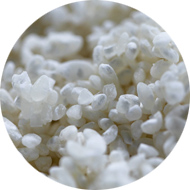
Building the Starter (Moto)
We mix rice inoculated with kōji, and water in a 600 liter tank, and add lactic acid (a product of lactobacilli bacteria) to inhibit the grown of harmful microorganisms. Then we add the yeast, which will ferment the kōji-produced sugar into alcohol, and finally steamed rice. This allows the yeast to multiply safely and creates a stable fermentation environment in the tank. At Nagayama Honke, we also use the traditional kimoto method of making the moto.
Building the Starter (Moto)
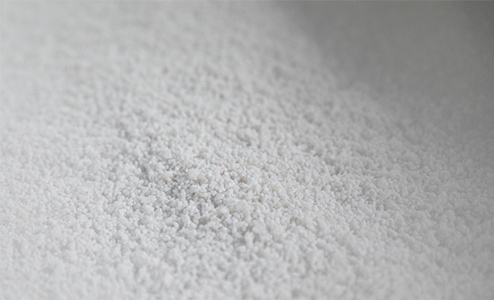


We mix rice inoculated with kōji, and water in a 600 liter tank, and add lactic acid (a product of lactobacilli bacteria) to inhibit the grown of harmful microorganisms. Then we add the yeast, which will ferment the kōji-produced sugar into alcohol, and finally steamed rice. This allows the yeast to multiply safely and creates a stable fermentation environment in the tank. At Nagayama Honke, we also use the traditional kimoto method of making the moto.
-
7
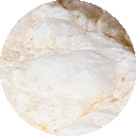
Building the Mash
Sandanjikomi, or 3-stage processing, is a way of building the fermentation mash by adding the elements in three different steps. In the first step, additional rice kōji, steamed rice, and water are added to the starter. After a day of rest, a second, larger, portion of steamed rice, kōji, and water are added, and the next day another, even larger, portion is added. At Nagayama Honke, alcohol fermentation is typically allowed to go for 24 or 25 days after this, until the ABV passes 16.5%. That is when we press the mash.
Building the Mash
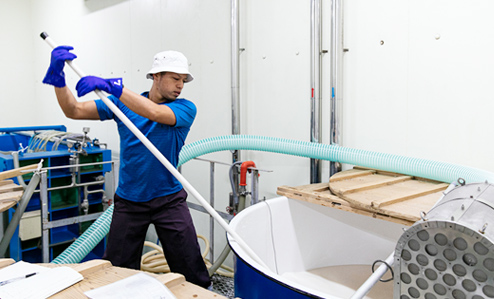


Sandanjikomi, or 3-stage processing, is a way of building the fermentation mash by adding the elements in three different steps. In the first step, additional rice kōji, steamed rice, and water are added to the starter. After a day of rest, a second, larger, portion of steamed rice, kōji, and water are added, and the next day another, even larger, portion is added. At Nagayama Honke, alcohol fermentation is typically allowed to go for 24 or 25 days after this, until the ABV passes 16.5%. That is when we press the mash.
-
8
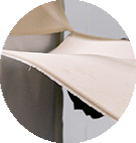
Pressing and Racking
Once the ABC passes 16.5%, and the yeast begins to lose its fermenting ability, it is time to press the sake. We typically use a yabuta-style accordion press to separate the sake from the solid lees. At Nagayama Honke, we usually leave the sake tanked for one week to allow remaining sediments to settle before piping the sake off the top (a process called racking in the beer world) and pasteurizing it.
Pressing and Racking
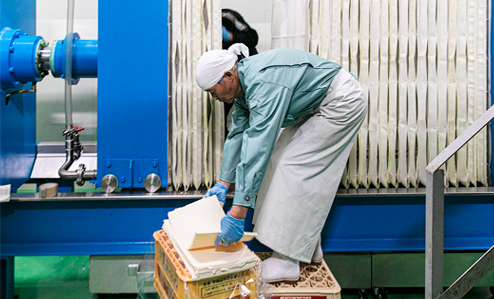


Once the ABC passes 16.5%, and the yeast begins to lose its fermenting ability, it is time to press the sake. We typically use a yabuta-style accordion press to separate the sake from the solid lees. At Nagayama Honke, we usually leave the sake tanked for one week to allow remaining sediments to settle before piping the sake off the top (a process called racking in the beer world) and pasteurizing it.
-
9
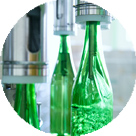
Pasteurization
After pressing, most of the yeast cells die in the alcohol but the kōji enzymes still function. Unpasteurized namazake can offer a unique pleasure in seeing how the flavor changes due to their action, so some is bottled as-is, but usually our sake is pasteurized at 65℃. At other breweries, the usual process is to re-tank the sake after pasteurization. At Nagayama Honke, however, we only pasteurize once to stop enzyme action, then bottle our sake for storage.
Pasteurization
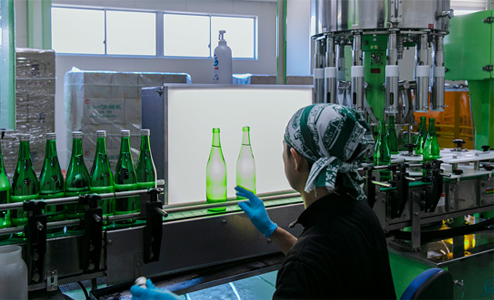


After pressing, most of the yeast cells die in the alcohol but the kōji enzymes still function. Unpasteurized namazake can offer a unique pleasure in seeing how the flavor changes due to their action, so some is bottled as-is, but usually our sake is pasteurized at 65℃. At other breweries, the usual process is to re-tank the sake after pasteurization. At Nagayama Honke, however, we only pasteurize once to stop enzyme action, then bottle our sake for storage.
-
10
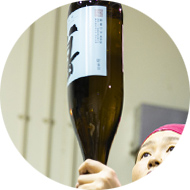
Storage and Shipping
There are no long-term storage tanks at Nagayama Honke Shuzōjō. All of our sake is bottled one week after pressing, and then bottle-matured. Shipping usually starts after about three months of maturation. Our Summer Sparkling sake is matured for about three months as namazake, while our Fukamari, which is shipped in fall and winter, is allowed to mature for five months for a deeper balance.
Storage and Shipping
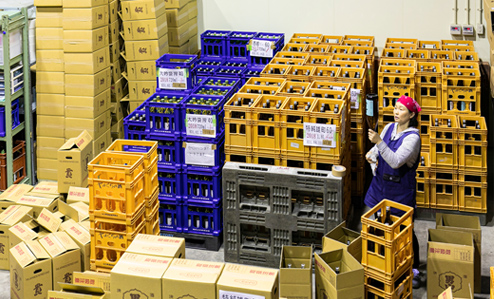


There are no long-term storage tanks at Nagayama Honke Shuzōjō. All of our sake is bottled one week after pressing, and then bottle-matured. Shipping usually starts after about three months of maturation. Our Summer Sparkling sake is matured for about three months as namazake, while our Fukamari, which is shipped in fall and winter, is allowed to mature for five months for a deeper balance.




